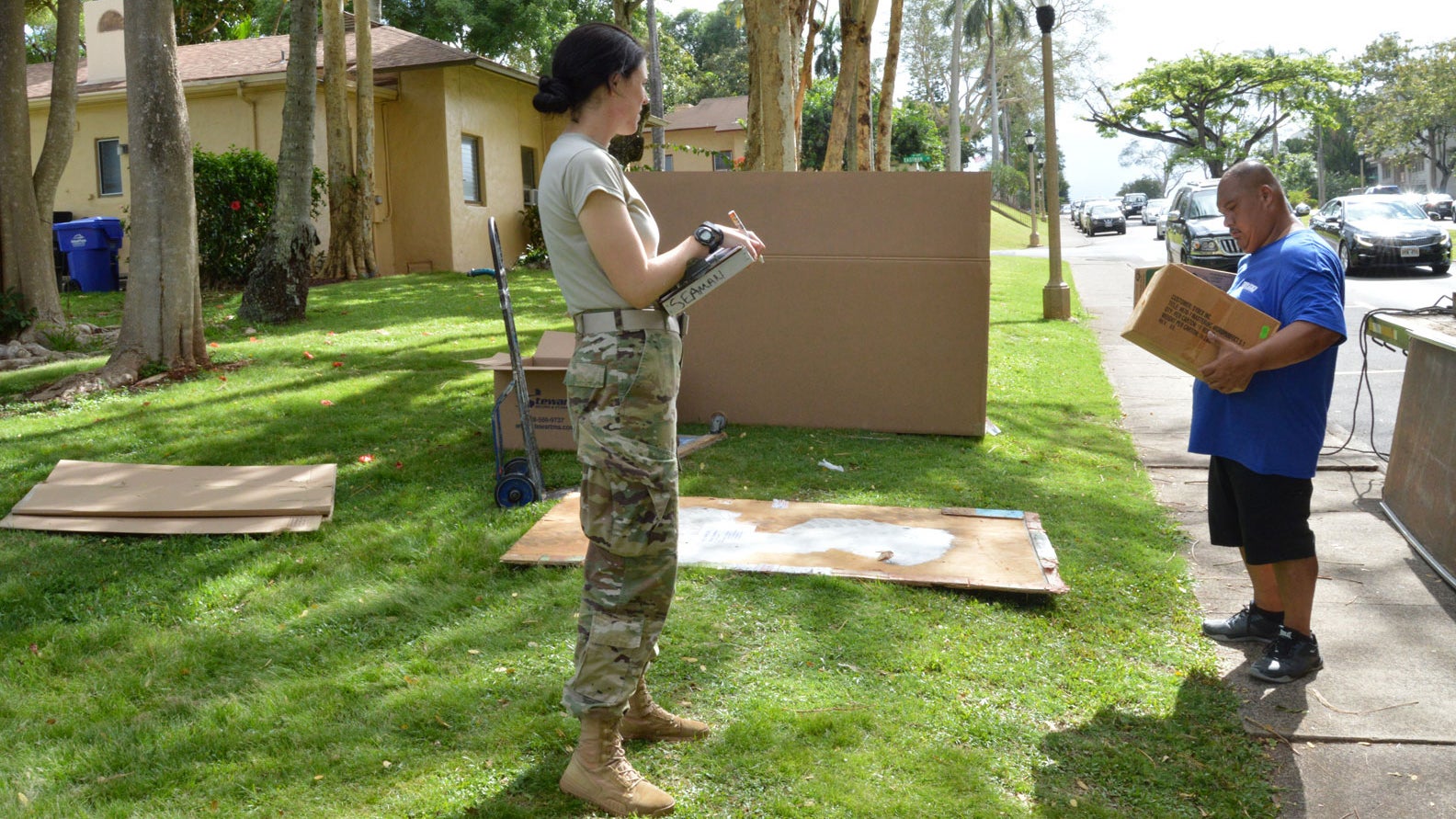Thaw Ahead for Frozen PCS Moves
Thaw Ahead for Frozen PCS Moves

The Army expects to slowly increase the number of soldiers allowed to move to their new duty stations as the service puts in place safety measures to protect the force during the COVID-19 pandemic, senior officials said.
More than 48,000 soldiers and families were scheduled to move between March and August, said Lt. Gen. Thomas Seamands, the deputy Army chief of staff for personnel, but many have been in limbo because of a stop movement order that restricted almost all travel for troops, civilian employees and their families.
The travel freeze is extended through June 30. New defensewide orders include procedures for additional waivers and resumption of travel for several categories of travelers that were previously suspended, including deployments.
The Army also is accepting stabilization requests from soldiers who want to stay in place for an extra year and allowing soldiers scheduled to retire or leave the service to elect to stay.
The Army moved “several hundred” soldiers in March on a case-by-case basis, and “the expectation is you’ll see that number increase in April and May,” Seamands said during a press briefing April 21.
The priority will be soldiers who were already in transit when the initial stop movement order was put in place in mid-March.
“What we wanted to do is get those people who are in limbo to move on to their next location,” Seamands said. He added that it’s too early to know how many of the 48,000 soldiers scheduled for a permanent change of station will make the move.
So far, about 100 soldiers have asked to stay at their current duty stations for another year, and officials expect the number to grow as the May 1 deadline to apply approaches, said Maj. Gen. Joseph Calloway, commander of Army Human Resources Command. About 250 other soldiers have expressed interest in withdrawing or delaying their retirement or resignation, he said.
The Army continues to work with Transportation Command and is preparing to ask DoD for additional incentives for families who do a personally procured move, where families move themselves and are reimbursed by the Army, said Lt. Gen. Duane Gamble, the deputy Army chief of staff for logistics.
“As you can imagine, there are some moves backlogged,” Gamble said. “But we are moving families today, and we do expect there to be a little bit higher demand on a limited supply of moving companies.”
Incentives for families to move themselves—about 7,000 families did so last year—will ease demand and help families protect themselves by limiting contact with movers and moving companies, he said.
Some examples of incentives the Army plans to ask DoD for permission to implement include increasing the reimbursement rate and streamlining the process, Gamble said.
“We do know the surge period happens between May and September, and the peak of that summer surge revolves around the July 4th weekend,” he said. “With the stop-move … our challenge is to move five months of people in three months.”

